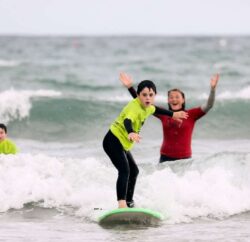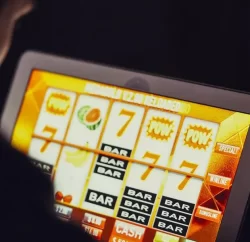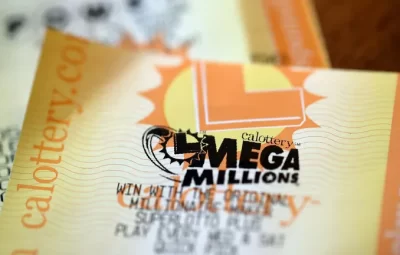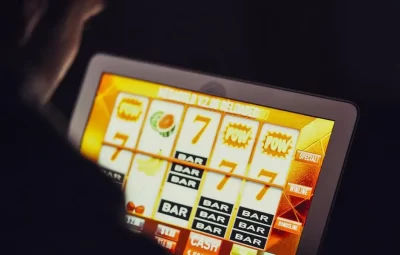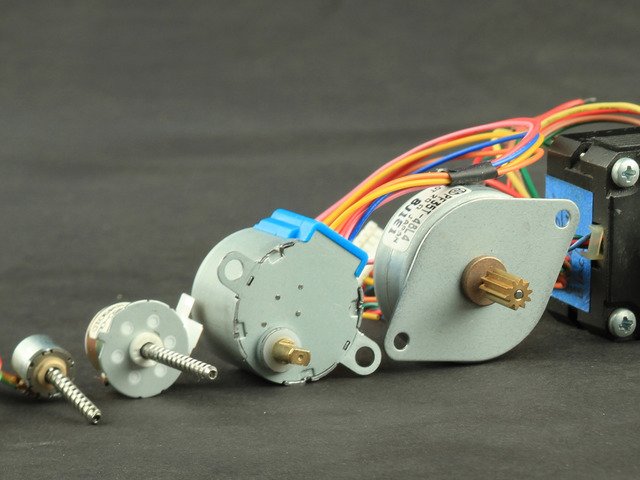
How those human anatomical characteristics determine each person’s steps. Among one of the influencing factors is the type of foot when climbing. Orthopedics classifies feet in three ways: Normal Foot, Flat Foot, and Flat Foot.
The leg Normal is the most common type where the body weight is distributed more evenly. The Flat Foot, also known as the flat foot, touches the ground almost entirely and has a straight shape.
In addition to the type of foot and the arrangement of the knees, the angle formed by the hip and the flexibility of joints, such as those of the ankle, are anatomical characteristics that, added to the balance of the specific muscles of each person, make each one of them present a specific type of stepped on.
Footsteps are also classified in three ways: neutral footsteps; Stepped prone, and supine trampled.
Neutral Step
The neutral step is characterized by boosting the stride with the entire front of the foot. The drive starts with the outside of the heel, and the foot rotates slightly inward, making contact with the ground on the outside of the heel, and then there is a moderate rotation inward, ending the stride in the center of the sole. About 45% of the world’s population has this tread, and they are the ones who have fewer restrictions when choosing a shoe; just a light cushioning is enough.
Pronated Step
The pronated step starts with the left side of the heel and ends in the regions close to the big toe. In this step, when the outside of the heel touches the ground, the foot starts an excessive rotation inward, or sometimes a little more towards the inside, and then there is a short rotation of the foot inwards, ending the stride near the toes of the fingers. 50% of the world population has this step, which is more common in women. It serves as a preparation for pregnancy. Shoes with cushioning and light stability control are the most indicated. Learn more and discover the best shoes for those who have pronated tread.
Supine Step
The supine step is when the person uses the outside of the foot and especially the area of the little toe to propel himself. This step starts the effort in the heel and keeps the foot in contact with the ground on the outside, ending the step at the base of the little toe. Usually, people carry out this type of Stepping, a tiny portion of the world population, only 5%. “Supinator” has more rigid feet and needs shoes with reinforced cushioning, in addition to stability control.




